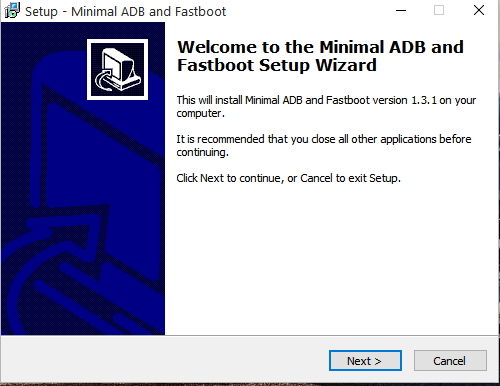

- #RUN COMMAND ADB ANDROID MAC SERIAL NUMBER#
- #RUN COMMAND ADB ANDROID MAC APK#
- #RUN COMMAND ADB ANDROID MAC INSTALL#
Execute the below command to move to the particular folder.
After that, open the Linux terminal and move to the extracted folder location. Download the ADB Platform Tools for Linux from Google’s official page and unzip the file to a suitable location like your home directory. #RUN COMMAND ADB ANDROID MAC SERIAL NUMBER#
You should now see the serial number of your device on Mac This signifies that ADB is successfully installed on your Mac.So, just enable the checkbox and tap on “Allow”. You will receive a prompt on your Android device to allow USB debugging. Now connect the Android device to your Mac and execute the adb devices command.
#RUN COMMAND ADB ANDROID MAC INSTALL#
After that, install the ADB platform-tools from the below command.īrew install android-platform-tools -cask. The whole installation will take about 10 mins. During the installation, it might ask for your password. First of all, open the Terminal on your Mac and execute the below command. Homebrew is an open-source package manager that installs the missing packages. We will have to install Homebrew first on macOS and then we can install the Android platform-tools easily. Here, we will take a slightly different path to install ADB on macOS. Congratulations! ADB is now successfully installed on your Windows PC. If it does not detect your device then run adb devices again and this time, it will definitely detect your device. Now, you should see your device’s serial number in the Command Prompt window. Enable the “Always allow” checkbox and then tap on “Allow”. It will prompt a “USB debugging” prompt on your smartphone. After that, connect your Android device to Windows PC and execute adb devices command. Instantly, a command prompt window will open up in the ADB directory. Now head over to the extracted folder, and click on the address bar.  Once the previous steps have been completed: Open the SM app on the device, click enroll and then login with either your Meraki managed owner account or your Google Domain account. If there are large number of devices a simple script can be used to cycle through the devices and apply those commands. adb shell dpm set-device-owner /.DeviceAdmin. Once installed, run the following command to set Systems Manager as the device owner of the device:. Wait until the process ends with Success.
Once the previous steps have been completed: Open the SM app on the device, click enroll and then login with either your Meraki managed owner account or your Google Domain account. If there are large number of devices a simple script can be used to cycle through the devices and apply those commands. adb shell dpm set-device-owner /.DeviceAdmin. Once installed, run the following command to set Systems Manager as the device owner of the device:. Wait until the process ends with Success. #RUN COMMAND ADB ANDROID MAC APK#
Depending on hardware, this process may appear to hang after the transfer of the APK is complete. You must be in the directory of your AndroidSM.apk file, or you must specify the full explicit path for the APK. ADB commands must be run in the same directory where the ADB binary was installed. On a computer run the following command to install the latest Android SM app you downloaded onto your device:. Your device might prompt you with a trust dialog. Click the “Build number” field 7 times. Go to “About device” (Might be named slightly different). Once the setup wizard is done and you’re on your device’s home screen. If you accidently added an account, simply remove the account from the Settings app once you finish the setup wizard. With a new (or factory reset) Lollipop Android device, go through the setup wizard WITHOUT adding a Google account. On a computer run the following command to initialize ADB:. 
Download the latest Android SM app from. First, download, install and configure the Android Debug Bridge (ADB) binary.







 0 kommentar(er)
0 kommentar(er)
